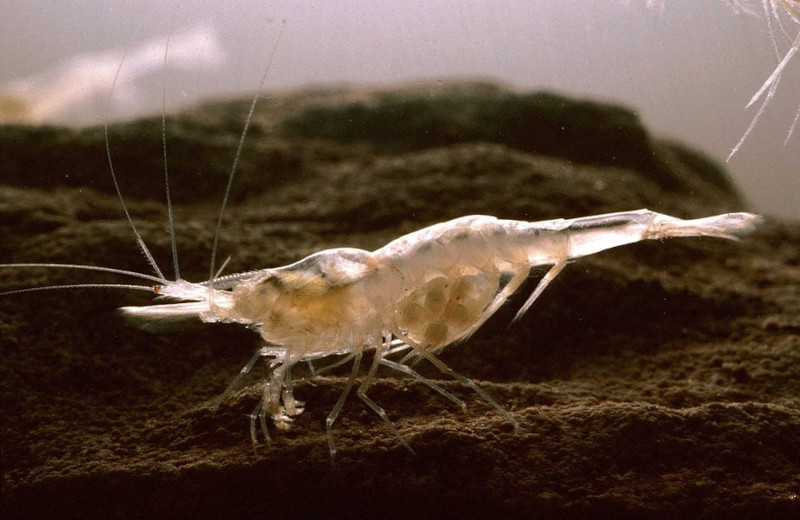
CCL: https://tinyurl.com/22y23f9m
Kentucky Cave Shrimp Facts
- The highly informative term of Kentucky Cave Shrimp serves as the most frequently used common name for this product of Nature and evolution. It does have a few other, though far less imaginative titles. These include Blind Shrimp, Cave Shrimp, and simply the White Shrimp.
- Within the scientific community, however, it’s perhaps better known by its technical title. Like many such tags, though, that one’s far from simple. Indeed, it’s difficult for the layperson to pronounce. That’s because the Arthropod holds the formal epithet of Palaemonias ganteri.
- The intriguing creature received that tongue-twisting moniker due to the efforts of William Perry Hay. The respected American zoologist accomplished the first acknowledgement of it as a separate and distinct species. He achieved that scientifically noteworthy feat in the year 1901.
- Officials of the nation in which it’s found formally registered this marvel of Nature as an Endangered Species under the Endangered Species Act, in 1983. Currently, formal studies and research indicate a remaining population for the species at only a few thousand individuals.
- Appropriately, the IUCN now lists the Kentucky Cave Shrimp as Vulnerable on its own Red List of Threatened Species. Its most immediate threat to its continued existence as a species consists of contaminated groundwater flowing into its habitat from surrounding communities.
- Beyond that, however, it also faces the same broader, more general, though no less dangerous perils that all forms of life on earth today deal with. Most of these stem from the actions of man. They include the closely related threats of habitat loss and ongoing climate change.
Related Articles
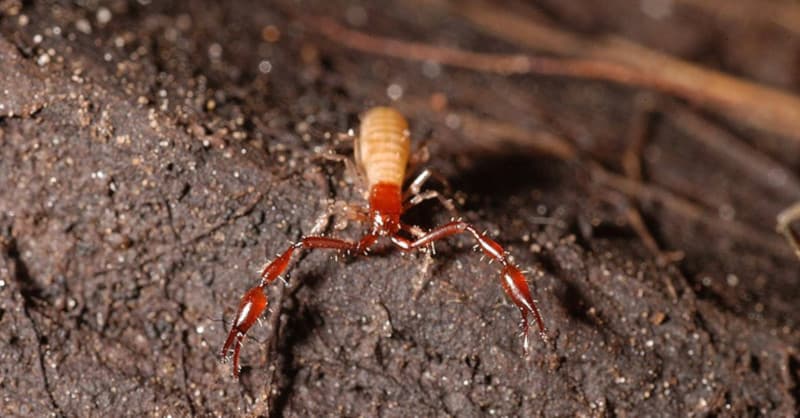
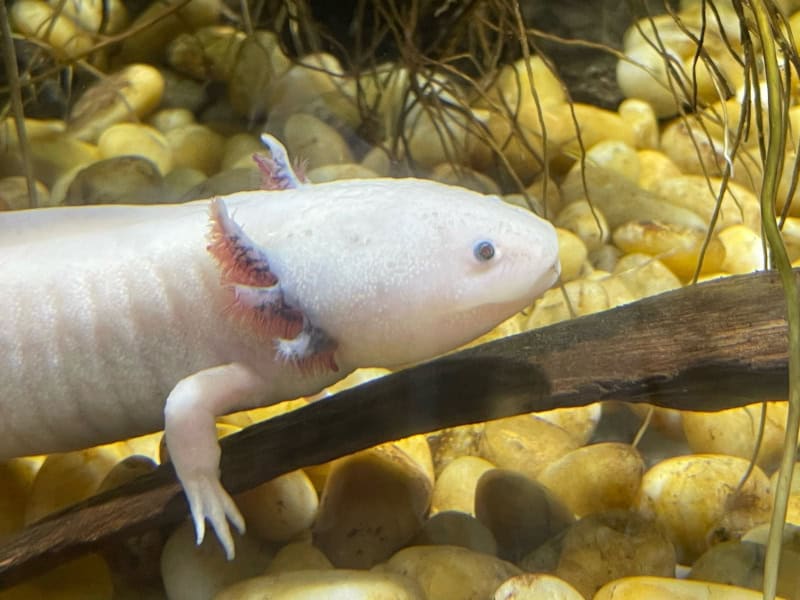
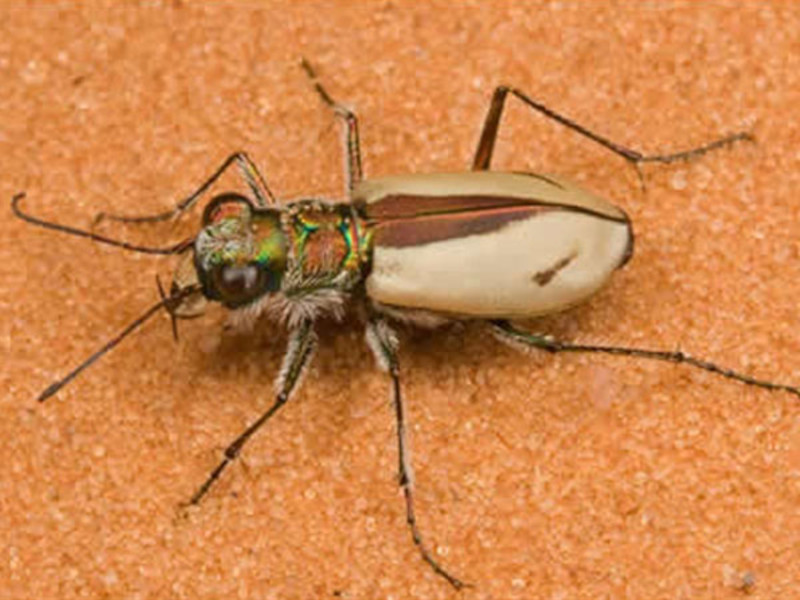

CCL: https://tinyurl.com/22y23f9m
Kentucky Cave Shrimp Physical Description
The remarkable Kentucky Cave Shrimp remains a rarely seen wonder of the natural world, and that’s highly unfortunate. Those few individuals who do encounter one, though, usually find them extremely fascinating. That’s typically due more to appearance than physical size, however.
That’s true due to the fact that it’s a very small variety of Arthropod. In this respect, like many of its relatives, it also displays a certain degree of the physiological characteristic of sexual dimorphism. In its case, this trait manifests itself in terms of the female being slightly larger than the male.
Overall, mature specimens attain a total length measuring approximately 1.25 – 1.5 in (3.2 – 3.8 cm). Males tend to be on the lower end of this range while females usually measure on the upper portion of it. Although exceptional examples do occur, they rarely exceed these lengths by any great amount.
Its general body structure evolved as that typical to the vast majority of shrimp species around the globe. This consists of a slender, highly elongated body shape. That body’s also clearly segmented into three distinct regions. These include the head, thorax, and abdomen of the amazing animal.
Due to its environment, it’s completely blind, and even lacks developed eyes. That’s a common trait among many organisms living in similar locations. The impressive creature does, though, possess long, sensitive antennae that help it navigate and detect food in the darkness of its habitat.
What most observers find most notable about the Kentucky Cave Shrimp, however, is its apparent coloring. The distinctive Decapod appears nearly transparent or white in color, owing to its lack of pigmentation. This pale coloration’s an adaptation to its naturally largely dark environment.
Keeping with the general overall body design of its kind, the freshwater shrimp evolved several pairs of walking legs, called pereiopods. It also developed swimming legs, named pleopods. These the animal uses to move through the water and crawl along the various surfaces within its habitat.
- Kingdom: Animalia
- Phylum: Arthropoda
- Class: Malacostraca
- Order: Decapoda
- Family: Atyidae
- Genus: Palaemonias
- Species: P. ganteri

CCL: https://tinyurl.com/22y23f9m
Kentucky Cave Shrimp Distribution, Habitat, and Ecology
The rarely photographed Kentucky Cave Shrimp evolved as endemic to an extremely limited portion of the earth’s landmass. That zone of habitation lies in an area that likely won’t surprise anyone, given that it’s implied by the very name of the animal. It’s native to a specific portion of Kentucky.
That places its native range, first, within the greater confines of the continent of North America. There, though, its habitat area sits within the national borders of the United States. Inside the state of Kentucky, however, it only appears in the Mammoth Cave System, and a few other nearby caves.
Due to the extraordinarily restricted options regarding its choice of habitat that it faces, this work of Nature displays decidedly strong and clear preferences in this respect. As a direct result of these conditions, it’s only known to live within the subterranean waters of limestone caves.
These cave systems themselves further represent part of a larger karst landscape, characterized by soluble rock, primarily composed of limestone. Time and Nature’s inexorably eroded these to create a vast network of underground streams, sinkholes, and surprisngly extensive cave networks.
It also lives in the groundwater that flows through the cave systems. This water’s typically clear, cool, and contains low nutrient levels, which are crucial for its survival. The water temperature in these many systems remains relatively stable year-round, usually ranging from 55 – 59 F (13 – 15 C).
The invertebrate’s typically found in calm pools or slow-moving streams within the caves. These environments provide the stable conditions required for its survival. The cave floors where it lives often form from rocky or silty substrates. It’s generally found under rocks or in crevices.
The ecology of the Kentucky Cave Shrimp’s intricately tied to the unique and extremely delicate environment of the subterranean cave systems in which it resides. As a troglobitic species, it’s further evolved specific adaptations that allow it to thrive in this dark, nutrient-poor environment.
This fascinating animal occupies a role as a detritivore within its environment. It feeds primarily on detritus. That’s organic matter that’s transported into the cave system by groundwater. This detritus typically includes leaf litter, various very small invertebrates, and other organic debris.
Its reproductive cycle isn’t well-documented, but like many cave-dwellers, it’s likely slow to reproduce, with fewer offspring compared to surface relatives. This slower rate’s balanced by a potentially longer lifespan. That’s typical in the stable, but resource-limited, cave environment.
Species Sharing Its Range
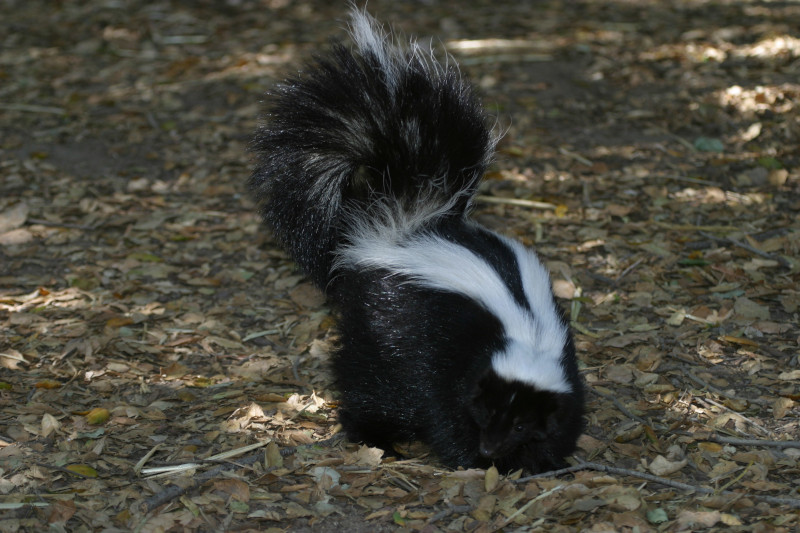

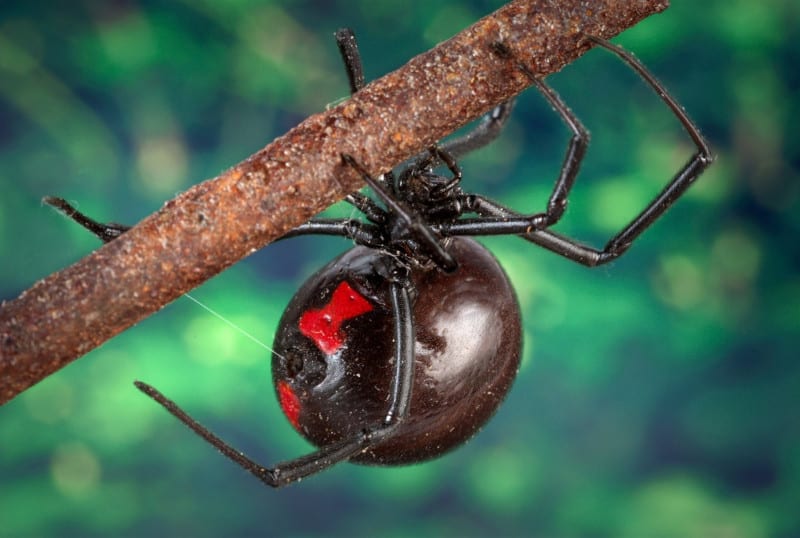
Check out our other articles on 5 Spectacular Arctic Ocean Species, Eurasian Red Squirrel, Mammoth Hot Springs, American Giant Millipede, Tiger Shark, Fire Salamander, Blue-lipped sea krait









Leave a Reply